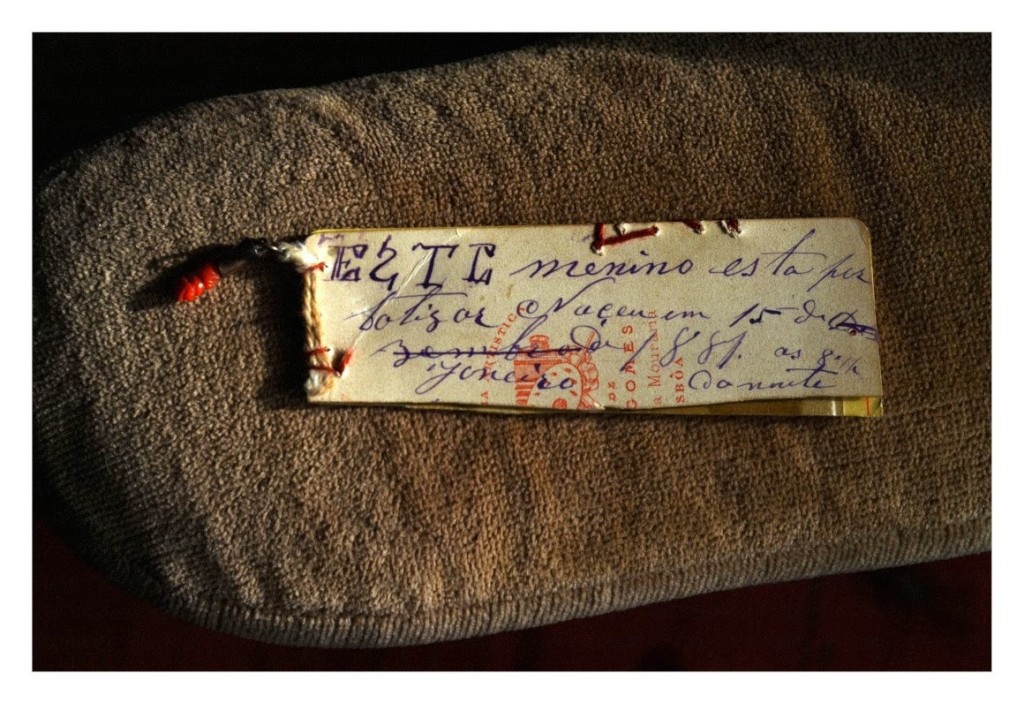“(…) I ask Your Mercy to please be kind and have this child be raised with all care and love (…); this is a boy from noble parents and Your Mercy will grant him with the honour to be raised in a home not too poor and which has slave women who are used to raising these children (…)”.
This is a note left alongside a repaired child (…), 1760.
Adultery. Extreme poverty. Orphanhood. The abandonment of children during the Brazilian colonial period was, so to say, linked to these elements. The colony reproduced a behaviour similar to that of the metropolis. In either place, this practice was not loaded by a moral condemnation; however, there were those who tried their best to reduce the high mortality among the repaired infants. It was a common practice to leave the newborn abandoned in scrublands, ditches, or places where survival was deemed unlikely. Municipal Chambers and Fraternities were in charge of this duty, which, in turn, tended to be constituted by the same people.
Municipal Chambers were responsible for managing the villages by means of the postures, which aimed at turning local practices compatible to those of the Portuguese Empire; furthermore, they acted as inspectors of the urban life, providing for means of subsistence, healthiness and hygiene. Councillors – usually numbering three or four – were elected among those seen as good men, it is, belonging to the nobility and distinct enough to manifest their opinion and granting work positions.
Since the 15th century, there were the Fraternities of Mercy, which, following the typical medieval idea of praising poverty, encouraged the rich to do charity so as to secure a place in heaven. In order to do so, they attended to the poor, the sick, the incarcerated, the invalid, the poor widows, the alienated, the unattended orphans, and the dead who had no casket. The most fortunate aided the disadvantaged, except for the slaves who should be taken care of by their owners.
The first colonial Mercy Houses were founded in the 16th Century in Bahia. In the 17th Century, above all due to the gold hunt in Minas Gerais, the amount of fraternities reach a number of twenty-one. The members were recruited usually amongst the most fortunate individuals of society. Annuities of the interest over loans and incomes of property and the goods inherited (money, lands and slaves) kept the maintenance of the broad net of services. It was a common practice, too, for the people of faith to do penance in form of alms in the wheels (wooden barrels open on one side) that were placed in Holy Hoses of Mercy. Almsgiving could be done in the form of food, medicines, money or messages.

Later, the children also started to be placed in the wheels. Thus, such objects received the name “baby hatches” .The word abandonment (and it derivations), so common today, did not exist in that time.
The first wheels in Brazil were built in the 18th Century – in Bahia, 1726; and in Rio de Janeiro, 1738. Mortality among the exposed children was high due to the lack of hygiene and food in the shelters. For instance, in Desterro, today’s Florianópolis, between 1828 and 1840, 61% of the 367 exposed children died before reaching one year of age. The survivors were placed in families that received payment from the Mercy in exchange for looking after till the children reached seven years of age. After that, the children would pay their stay with labour.
The exposition was an urban practice and became a normal fact in Brazil from the 18th Century onwards. Cities and villages that did not have a hatch would have their children left at the doors of churches. Slave children would usually not be repaired as their masters would sell them before that. When a black repaired child happened to appear, this meant he or she was to be freed from slavery.

In an illiterate society, it was rare to have the repaired accompanied by some kind of note. The reminiscent written registers give away that baptism was more important than survival.
The notes make reference to the name of the exposed and register the realisation of the baptismal sacrament. The Houses of Mercy, as well as the religious orders, prioritised the execution of the rite. It was feared that, without it, in case the child came to die, he or she would not make it to heaven. As death chances were high, such worry was justified in a society deeply marked by the Catholic religiosity.
The third chapter of “The childhood of Brazil”, by José Aguiar, dives into the daily lives of the repaired children that were handed over to the colonial families. The estrangement due to a then banal situation results in the fact that, unlike those days, we now see our children as some sort of property, an exclusive responsibility of the parents, who are kept under the state and society’s surveillance. In those days, it was accepted that children belonged to their communities rather than their parents, relatives or the state.
—Claudia Regina Baukat Silveira Moreira is graduated and has a masters in History at Universidade Federal do Paraná. Nowadays, she is professor at Universidade Positivo and is doing her PhD in Educational Policies in the Post-Graduation Program in Education at Universidade Federal do Paraná.

